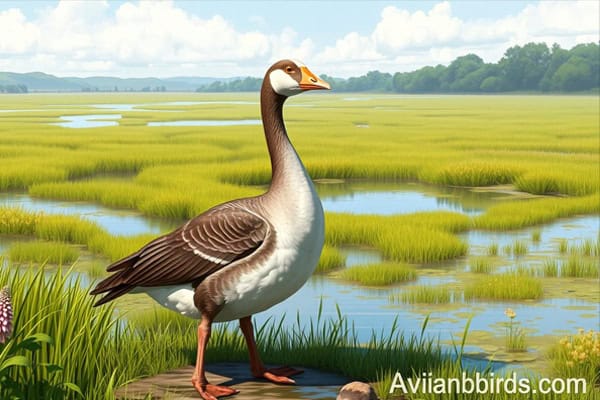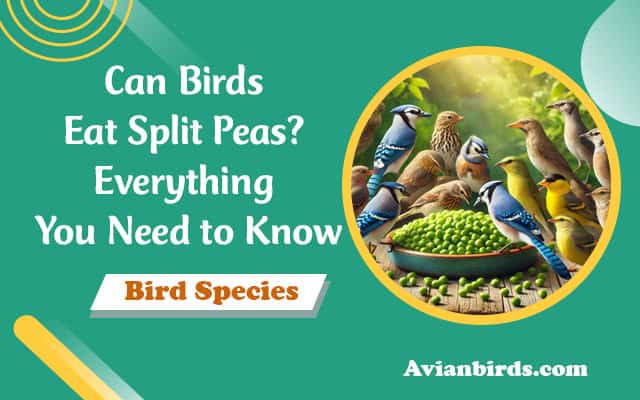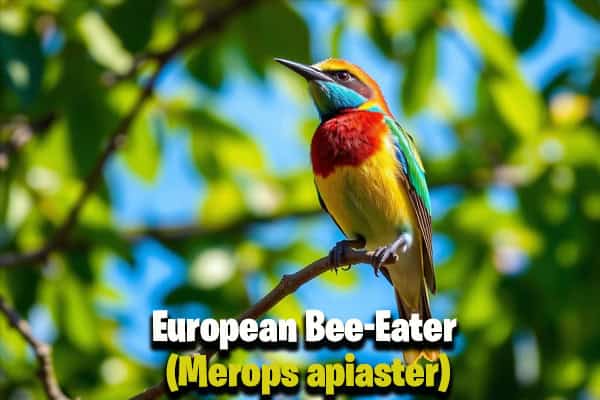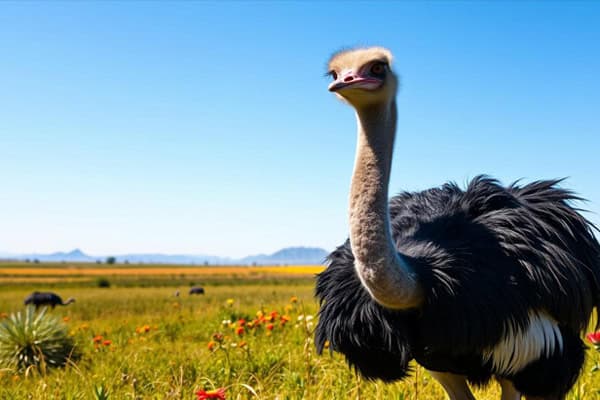Can Peacocks Fly? Myths and Realities of These Majestic Birds
Are you curious to know Can Peacocks really Fly or not? Peacocks are undoubtedly one of nature’s most stunning creatures. Their vibrant plumage and captivating displays capture the hearts of many who encounter them. But amid the awe-inspiring beauty lies a question that often arises: can peacocks fly? While these magnificent birds seem to be more about show than flight, there’s much more to discover regarding their capabilities.
This article will explore the myths and realities surrounding peacock flight, uncovering intriguing facts about how far they can soar and why they don’t take to the skies as often as you might think. Whether you’re a bird enthusiast or simply curious about these regal animals, prepare for an enlightening journey into the world of peafowl!
Why do peacocks spread their feathers?
Peacocks spread their feathers primarily as a display during mating. The extravagant tail, or train, showcases vibrant colors and intricate patterns that attract potential mates. Males fan out their plumage to demonstrate health and vitality.
Additionally, this impressive display serves as a form of social signaling among peafowl. When threatened, the expansive feathers can also create an illusion of size, deterring predators. Thus, feather spreading combines attraction with survival in the fascinating world of these birds.
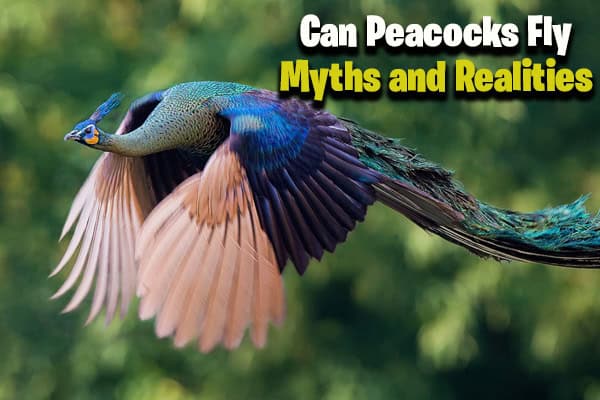
How do peacocks fly?
Peacocks are surprisingly agile fliers despite their large size and extravagant plumage. They have powerful muscles in their wings, allowing them to take off quickly when needed. Their flight is usually brief but purposeful.
When taking to the air, peacocks can flap their wings vigorously to gain altitude. They often prefer short bursts of flight rather than long distances, which helps them evade predators or reach higher ground for safety. This ability makes them adaptable in various environments.
Can both male and female peacocks fly?
Both male and female peacocks can fly, but they do so differently. Male peafowl, known for their spectacular plumage, are capable of short flights to escape predators or access high perches. Their long tail feathers slightly hinder their aerial agility.
Female peafowl, called peahens, also possess the ability to fly but often use it to navigate dense vegetation. Both genders utilize flight as a survival mechanism rather than an everyday activity. Despite being strong fliers, they prefer walking on the ground when possible.
How far and high can peacocks fly?
Peacocks can fly surprisingly well for their size. Typically, they can reach heights of up to 10 feet when taking off from the ground. This ability allows them to escape predators or seek refuge in trees.
When it comes to distance, peacocks usually fly short bursts of around 100 yards. Their powerful wings provide enough lift but are not designed for long-distance flights like some other birds. Instead, these majestic creatures prefer short flights that help them navigate their environment effectively.
Why don’t peacocks fly very far?
Peacocks are not built for long flights. Their large, ornate tail feathers can be cumbersome and heavy, making extended flying difficult. These magnificent birds prefer to use their wings for short bursts of energy rather than sustained flight.
Additionally, peacocks often inhabit areas with ample ground cover and trees. They rely more on walking or running to evade predators than on flying great distances. This behavior highlights their adaptation to a terrestrial lifestyle while still possessing the ability to take off when necessary.
Can peacocks fly up to trees?
Peacocks are surprisingly capable flyers, and they can indeed reach trees. Their strong wings enable them to ascend to branches for safety or roosting at night. This behavior is crucial as it helps them avoid predators on the ground.
Typically, they prefer lower branches since their large tail feathers can be cumbersome during takeoff and landing. Despite this limitation, peacocks often find refuge in trees when necessary, showcasing their adaptability in various environments.
Do all types of peafowl fly?
Not all types of peafowl can fly equally well. The most common species, the Indian Peafowl, has stronger flight capabilities compared to others. Their wings are built for short bursts of speed and elevation.
On the other hand, the Green Peafowl is less capable of sustained flight due to its heavier body. While they can take off and glide for a bit, their flying abilities are more limited than those of their Indian counterparts. This variation highlights the adaptability among peafowl species in different environments.
How do peacocks use their wings?
Peacocks primarily use their wings for short bursts of flight. This ability allows them to escape predators and navigate their environment. Their wings are strong enough to lift their bodies when necessary, especially when startled.
Additionally, peacocks employ their wings during courtship displays. They often fan out their feathers dramatically, creating an impressive visual effect. While the primary purpose is attracting mates, the flapping motion also showcases their strength and fitness. These behaviors highlight both functionality and beauty in these remarkable birds.
Why do peacocks have large tails if they can fly?
Peacocks have large and vibrant tails, known as trains, primarily for mating displays. These elaborate feathers are used to attract females during courtship rituals. The more impressive the tail, the healthier and more viable the male appears.
While their tails may seem cumbersome for flight, peacocks can still manage short flights when necessary. Their long feathers do not hinder their ability to take off but serve a crucial role in showcasing beauty and fitness within their species.
Do peacocks fly at night?
Peacocks are primarily diurnal creatures, meaning they are most active during the day. While they possess the ability to fly, their flying habits typically occur in daylight hours when visibility is optimal for foraging and displaying their stunning plumage.
At night, peacocks prefer roosting in trees or elevated structures to avoid predators. Their nocturnal activities are limited; therefore, it’s rare to see them take flight after sunset. They rely on this safety strategy rather than engaging in nighttime flights.
Baby Peacocks: All You Need To Know
Baby peacocks, called peachicks, are surprisingly independent from birth. They hatch with feathers and can walk shortly after emerging from their eggs. This agility helps them evade predators in the wild.
Peachicks rely on their mother’s guidance for food and safety during the first few weeks of life. Their diet consists mainly of grains, insects, and small plants. As they mature, they’ll develop the stunning plumage that makes adult peacocks so iconic—though this transformation takes several years to complete.
What Do Peacocks Eat?
Peacocks are omnivorous, meaning they enjoy a varied diet. Their food primarily consists of grains, seeds, and fruits. They also forage for insects, small reptiles, and amphibians in their natural habitat.
In captivity, peacocks thrive on commercial bird feed formulated for poultry. Fresh vegetables like corn and greens can supplement their diet as well. Providing a balanced meal ensures they maintain vibrant plumage and overall health while preventing nutritional deficiencies common in captive birds.
Conclusion
Peacocks are fascinating creatures, showcasing a blend of beauty and functionality. While they do have the ability to fly, their flight is not as extensive or impressive as that of other birds. Their large tails and unique feather displays serve primarily for attraction rather than aerodynamic efficiency.
Both male and female peafowl can take to the skies, but their flights are typically short bursts used for escaping predators or reaching roosting spots in trees. Understanding these majestic birds gives us insight into their behaviors and adaptations. Whether you admire them in gardens or wildlife parks, it’s clear that peacocks possess an enchanting charm that captivates many.

